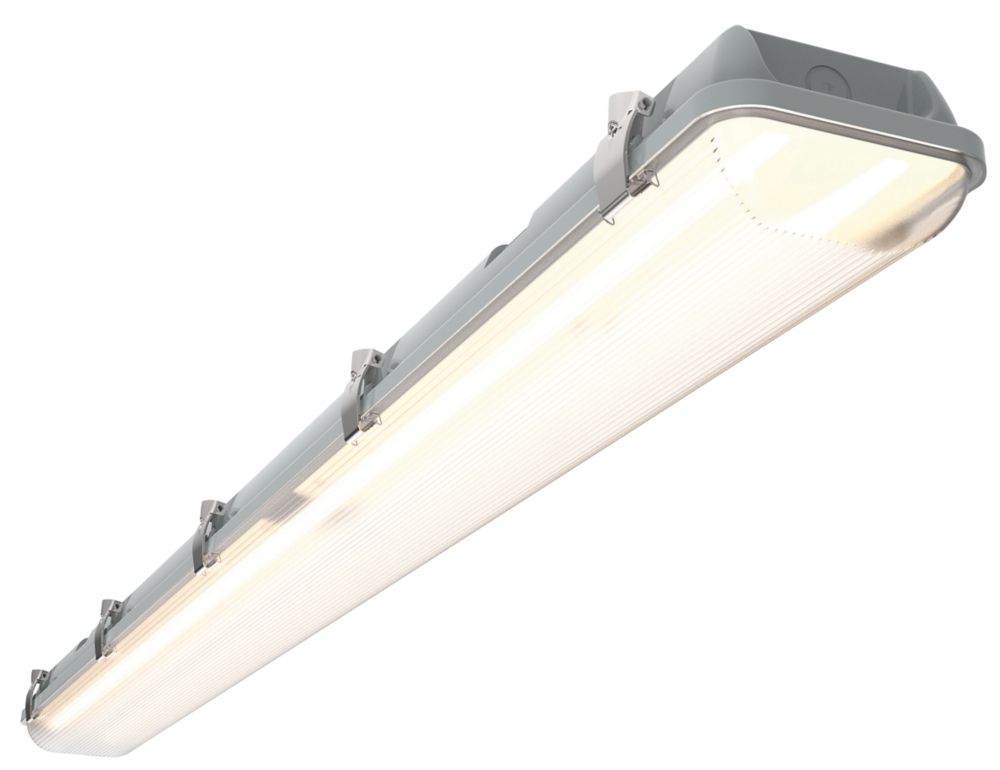- Joined
- 11 Jan 2004
- Messages
- 46,068
- Reaction score
- 3,583
- Country

Integral are a great brand, fantastic quality.
Ansell are also good. I replaced 2 x 8 foot twins in my garage with these
They are cracking:

 www.screwfix.com
www.screwfix.com
Being a clumsy b'stard, I am always knocking them with stuff and they are very resilient!
I have had them cheaper though.
Ansell are also good. I replaced 2 x 8 foot twins in my garage with these
They are cracking:

Ansell Tornado Twin 6ft LED Non-Corrosive Batten Fitting 71W 7320lm 230V - Screwfix
Order online at Screwfix.com. LED performance allows point-to-point replacement of existing fluorescent luminaires. Features luminaire fixing clip allowing the option of mounting onto BESA box. Lockable heavy-duty stainless steel clips supplied as standard for added safety and security. FREE...
Being a clumsy b'stard, I am always knocking them with stuff and they are very resilient!
I have had them cheaper though.
